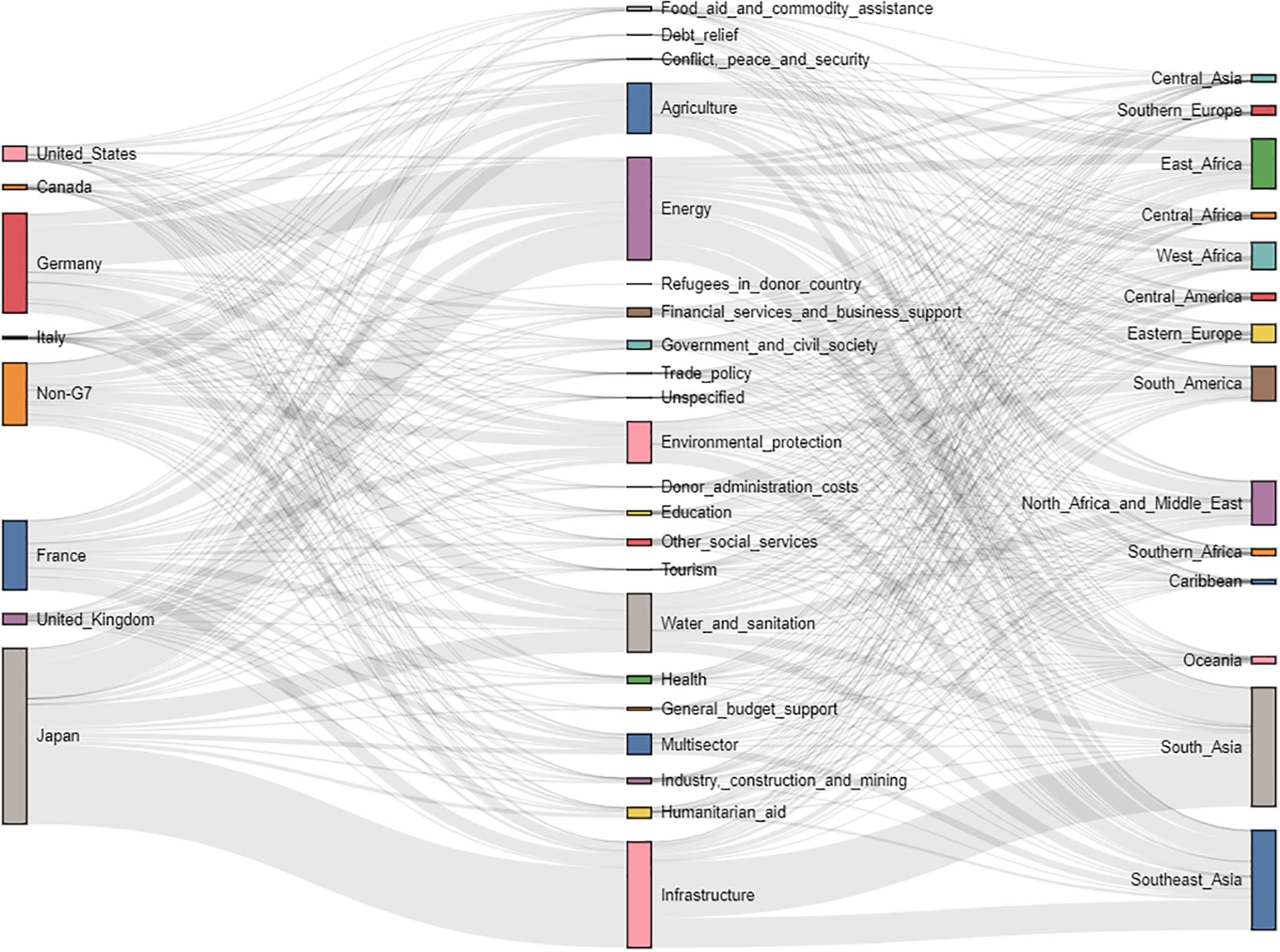Proposal / Research
Research Paper
Bridging the climate finance gap: a call for urgent action
2025.02.10
The world is at a pivotal moment in the fight against climate change. With global temperatures surpassing the 1.5°C threshold at historical points in 2023, climate-vulnerable nations face increasing risks—from rising sea levels and extreme weather events to challenges in food security and economic stability. As the need for climate finance grows, ensuring its effective and equitable distribution has become more critical than ever. Evolving political landscapes, including shifts in U.S. climate commitments under Trump Administration and uncertainties in global policy directions, have influenced long-term funding streams. Meanwhile, the climate finance gap highlighted at COP29 has underscored the need for strengthened financial commitments to support adaptation and resilience in the most at-risk regions. In this evolving landscape, a key question emerges: How can climate finance be optimized to reach those who need it most and drive meaningful impact?
In this context, Dr. Santosh Kumar Rauniyar, a researcher at the Ocean Policy Research Institute of the Sasakawa Peace Foundation (OPRI-SPF), has published a significant study in PLOS Climate titled "Climate-related bilateral official development assistance (ODA) and vulnerability: A comparative study of allocation and effectiveness." This research examines the dynamics of climate finance distribution, identifying key areas where improvements can enhance their effectiveness and reach. By advocating for a more transparent, equity-focused approach, the study offers valuable insights to ensure climate aid is directed to those who need it most. More than just an academic contribution, this research presents an opportunity for policymakers to strengthen climate finance mechanisms through greater accountability, vulnerability-based funding, and strategic reforms—paving the way for more impactful and sustainable climate action. How can we ensure that climate finance reaches those who need it most? This is the conversation the global community must engage in—and it begins with addressing the challenges outlined in this research.
Read the full article here
In this context, Dr. Santosh Kumar Rauniyar, a researcher at the Ocean Policy Research Institute of the Sasakawa Peace Foundation (OPRI-SPF), has published a significant study in PLOS Climate titled "Climate-related bilateral official development assistance (ODA) and vulnerability: A comparative study of allocation and effectiveness." This research examines the dynamics of climate finance distribution, identifying key areas where improvements can enhance their effectiveness and reach. By advocating for a more transparent, equity-focused approach, the study offers valuable insights to ensure climate aid is directed to those who need it most. More than just an academic contribution, this research presents an opportunity for policymakers to strengthen climate finance mechanisms through greater accountability, vulnerability-based funding, and strategic reforms—paving the way for more impactful and sustainable climate action. How can we ensure that climate finance reaches those who need it most? This is the conversation the global community must engage in—and it begins with addressing the challenges outlined in this research.
Read the full article here

Figure 1. Sectoral allocation of bilateral ODA by donor countries to different regions between 2002 and 2021.
(by Santosh K. Rauniyar, Research Fellow, OPRI)